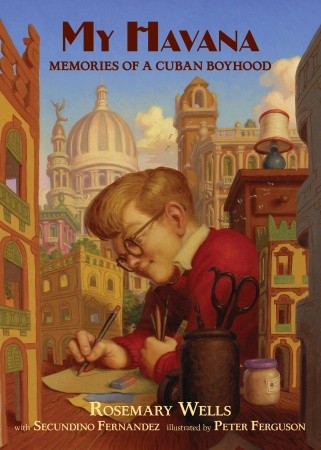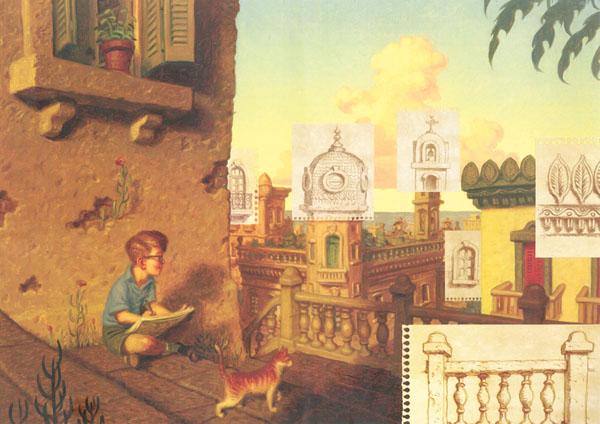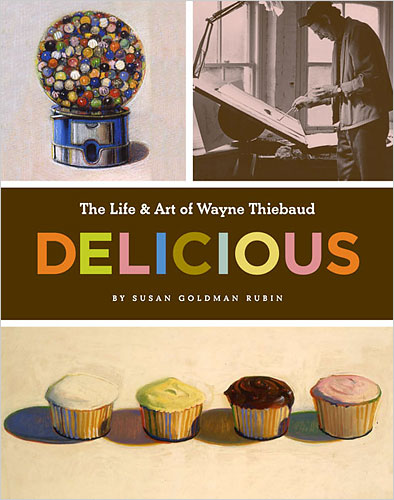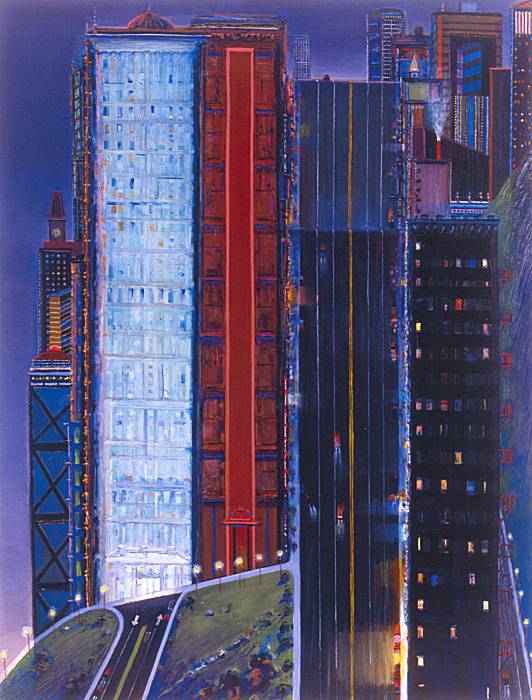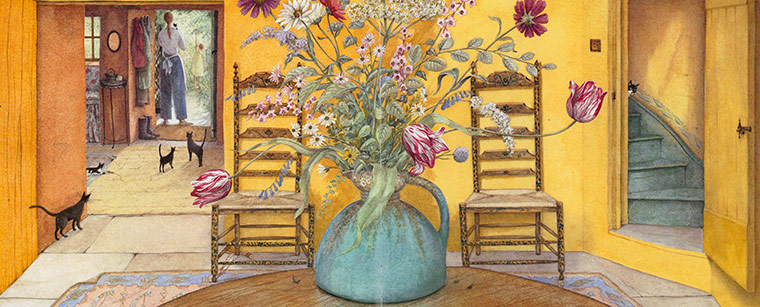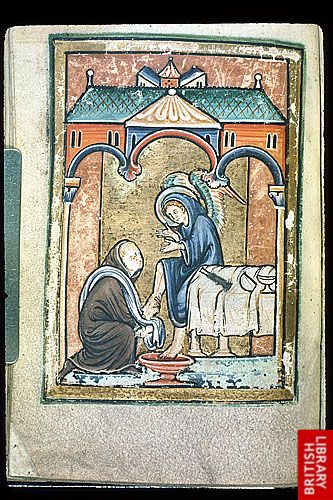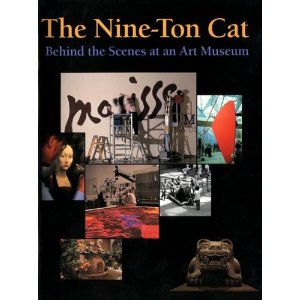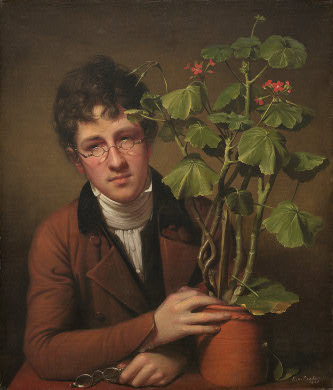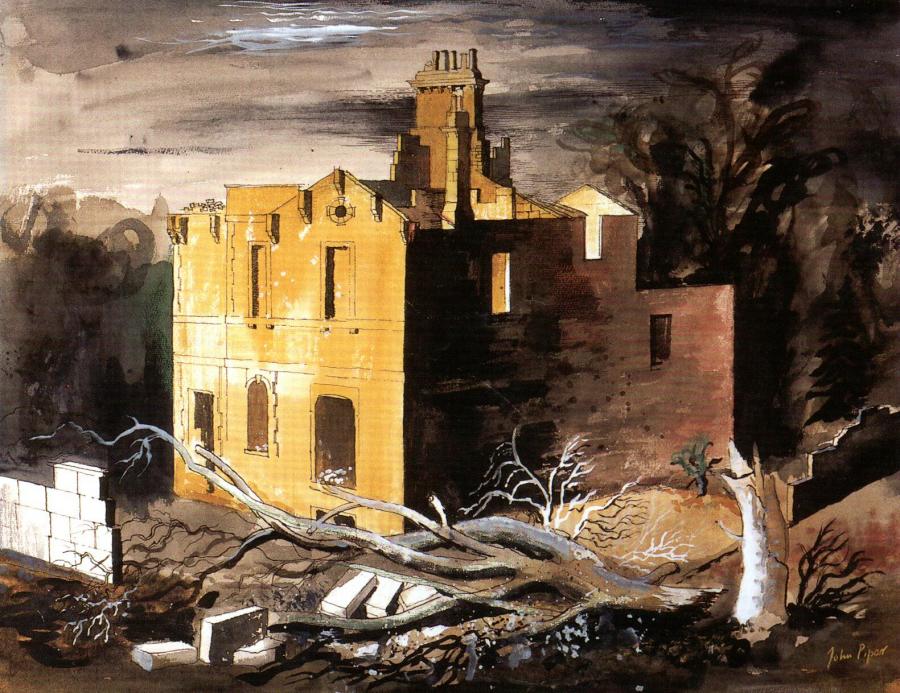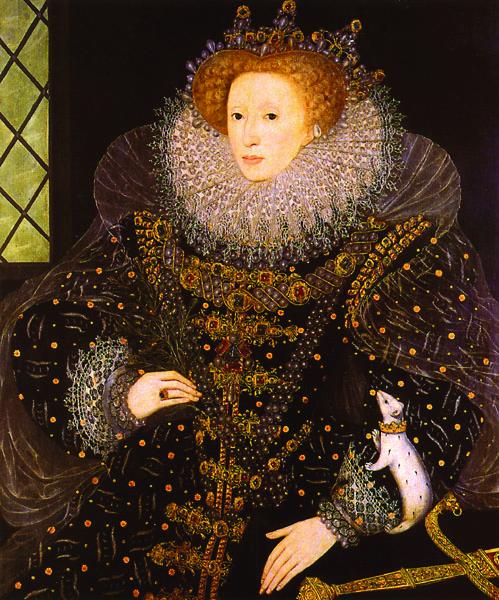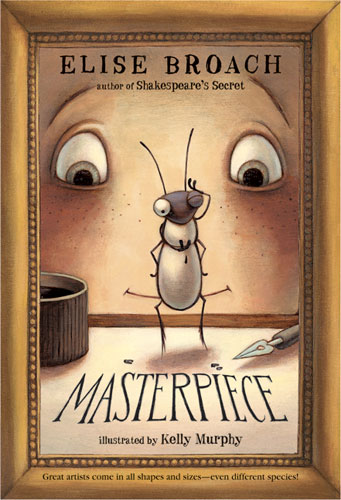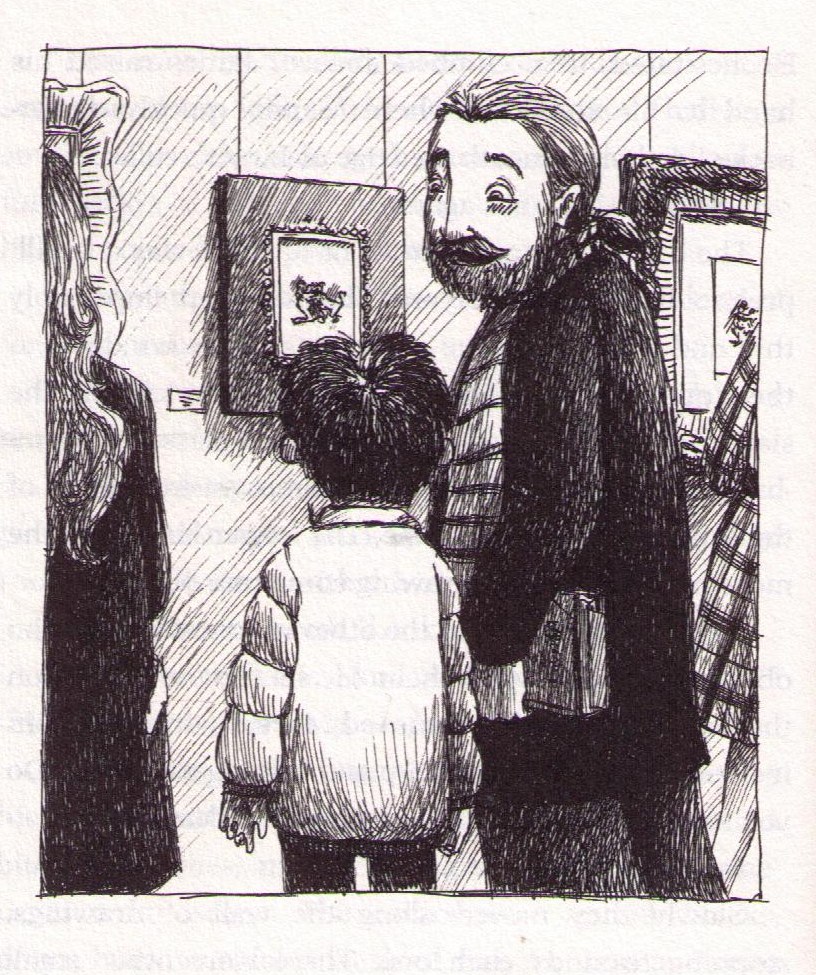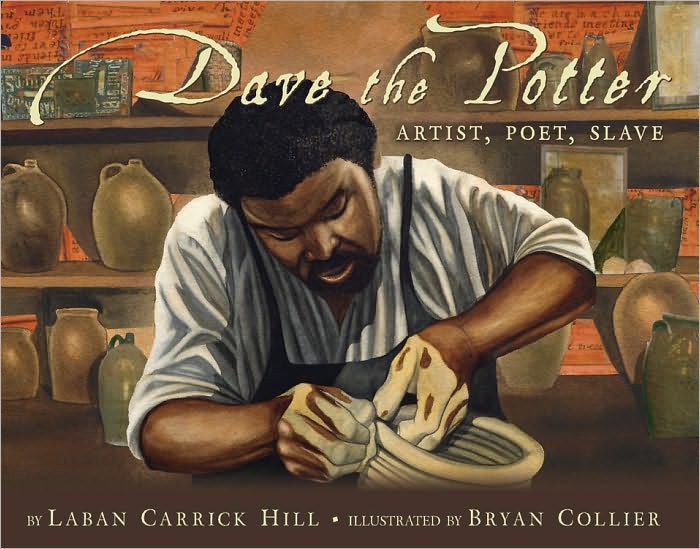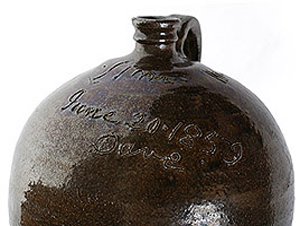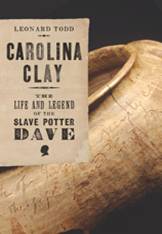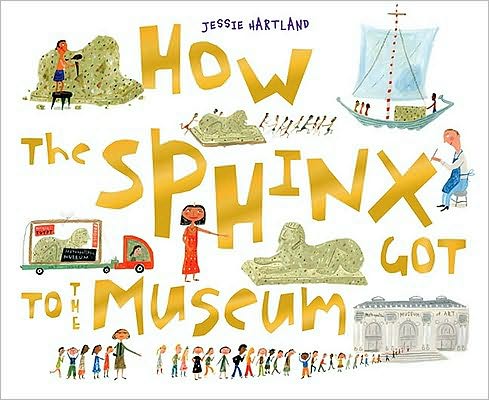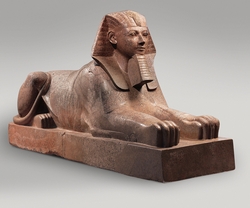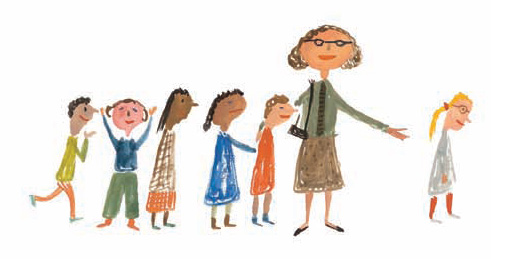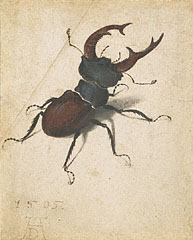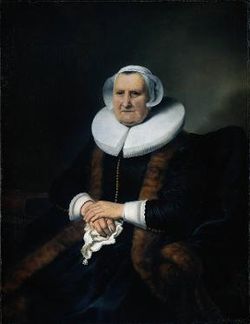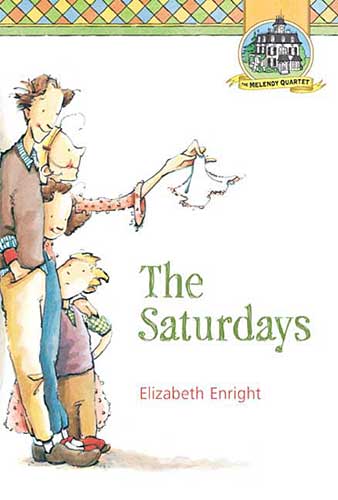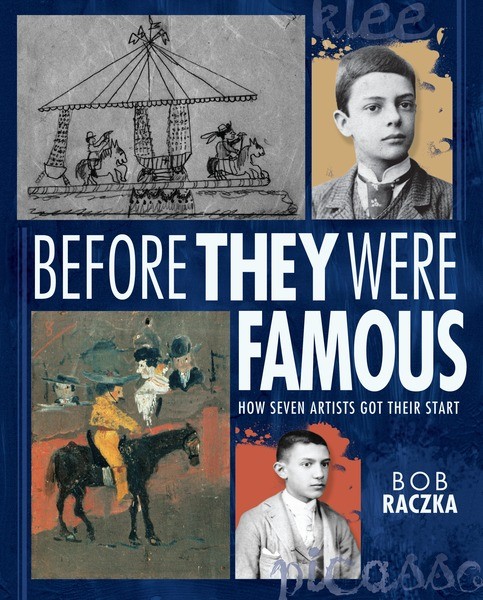 The latest entry in Bob Raczka's series of Art Adventures, Before They Were Famous: How Seven Artists Got Their Start (Millbrook, 2011), takes a look at the earliest known work of artists ranging from Albrecht Durer to Salvador Dali. Thank goodness for Paul Klee, whose drawing of a carousel (made at age ten; you can see it on the front cover next to a photo of a young Klee) looks like it might actually have been drawn by a child; because the early work of some of the other artists is already incredibly accomplished. Michelangelo, I'm looking at you.
The latest entry in Bob Raczka's series of Art Adventures, Before They Were Famous: How Seven Artists Got Their Start (Millbrook, 2011), takes a look at the earliest known work of artists ranging from Albrecht Durer to Salvador Dali. Thank goodness for Paul Klee, whose drawing of a carousel (made at age ten; you can see it on the front cover next to a photo of a young Klee) looks like it might actually have been drawn by a child; because the early work of some of the other artists is already incredibly accomplished. Michelangelo, I'm looking at you.
Before They Were Famous gives kids a natural entry point into the lives and work of the seven artists featured. Each gets two double-page spreads, including one page of text about his or her childhood and apprenticeship or training in art, one example of his or her mature work, and at least one portrait, self-portrait, or photograph of the artist (another of Raczka's Art Adventures books, Here's Looking at Me: How Artists See Themselves, focuses on artists' self-portraits). Even the author photo is of Bob at age 11, although we don't get to see any of his early work.
Raczka shares the story behind the book in a guest post on the Lerner blog, in which he discusses the Picasso painting (made at age eight) that inspired him to look for the childhood artwork of other artists. Here is Picasso's Little Picador in the context of the book:
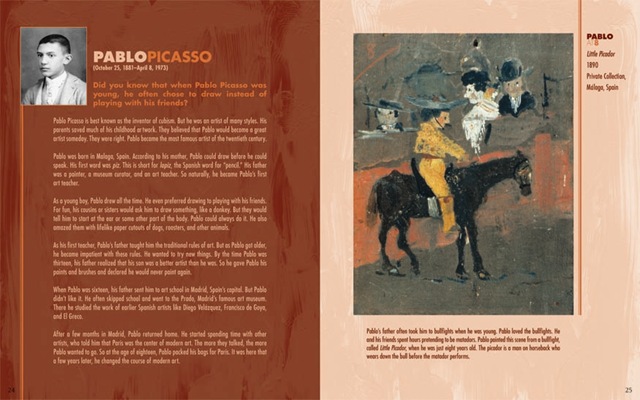
Raczka also talks about how hard it was to find at least one female artist to include (he ended up with Renaissance painter Artemisia Gentileschi, whose earliest known work was painted when she was between the ages of seventeen and nineteen). He says in the interview that would have loved to include this 20th century female artist, but didn't locate her early work in time. Can you guess her identity?
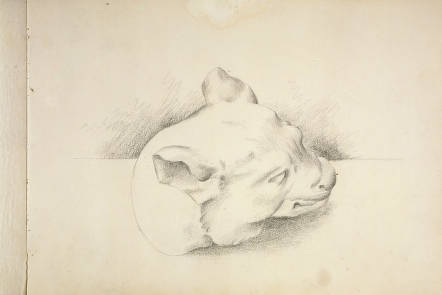
[It's Georgia O'Keeffe, who made this drawing of an animal head when she was about fourteen.]
